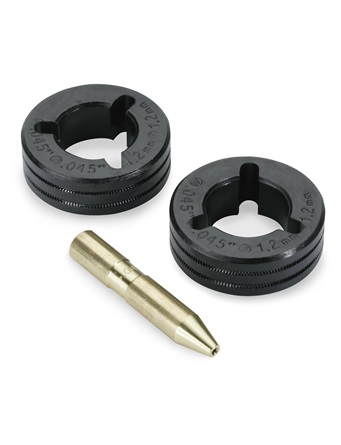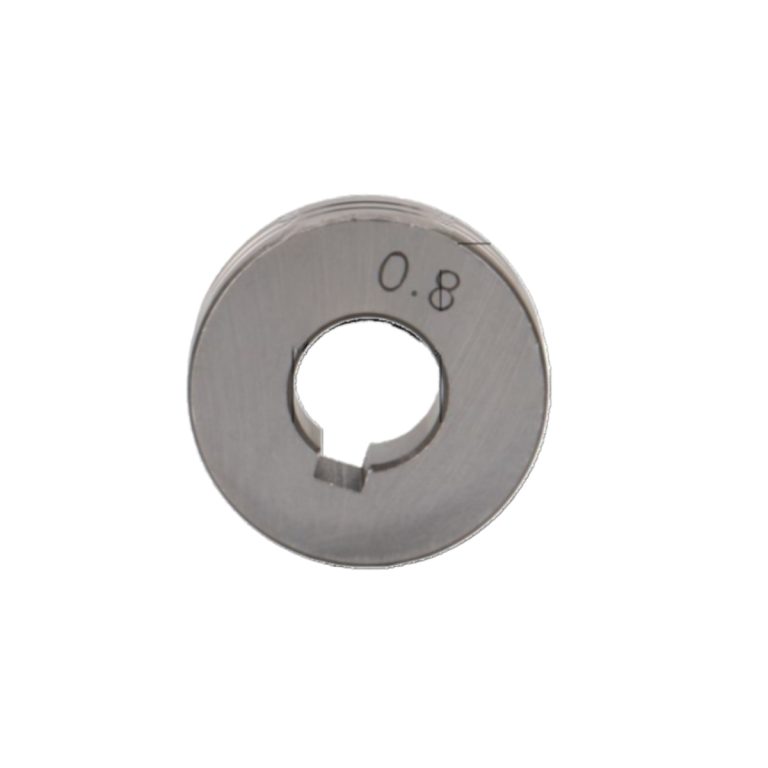Understanding MIG Welder Drive Wheels: Types, Selection, and Maintenance
A MIG welder drive wheel is an essential part of the MIG welding process, responsible for feeding the welding wire smoothly and consistently into the welding area. The drive wheel, also known as a drive roll, works with the welding machine’s motor to ensure reliable wire feeding, which is critical to achieving high-quality welds. Here’s a breakdown of the common types of drive wheels for MIG welding:
Types of MIG Welder Drive Wheels
- V-Groove Drive Wheels:
- Use: Designed for hard solid wires, such as steel and stainless steel.
- Feature: The V-groove provides firm grip, ensuring that the wire does not slip during feeding, which is crucial for maintaining a steady arc.
- U-Groove Drive Wheels:
- Use: Ideal for soft solid wires, like aluminum.
- Feature: The U-groove offers gentle traction to avoid deforming the softer aluminum wire, which can otherwise lead to feeding issues and welding defects.
- Knurled Drive Wheels:
- Use: Best suited for flux-cored wires.
- Feature: The knurled pattern on the wheel provides extra grip on the wire’s surface, which helps feed the wire consistently without slipping.
- U-Cogged Drive Wheels:
- Use: Used for extremely soft or hard-surfacing wires, such as some specialty welding applications.
- Feature: The cogged design accommodates these unique wire types, providing stable feeding without compromising wire shape.
Selecting the Right Drive Wheel
When choosing a drive wheel for your MIG welder, consider the following:
- Wire Type: Match the drive wheel to the type of welding wire you’ll be using. For example, aluminum wires require U-groove wheels, while flux-cored wires need knurled wheels.
- Wire Diameter: Make sure the drive wheel size matches the wire diameter for optimal feeding.
- Application Needs: Some applications require high precision, while others might tolerate slight variances. Selecting the right wheel ensures that your MIG welding process is smooth and produces high-quality welds.
Installation and Maintenance
Proper installation and periodic maintenance of the drive wheel are essential to avoid feeding issues. Make sure to align the wheel correctly, keep it clean from wire debris, and replace it if it shows signs of wear. This routine care will prevent common problems like wire slippage, uneven feeding, and interruptions in the weld.
For more detailed guidelines, consulting the welder’s manual or checking with the manufacturer (like Miller or Lincoln Electric) can help in selecting and maintaining the correct drive wheel type.


